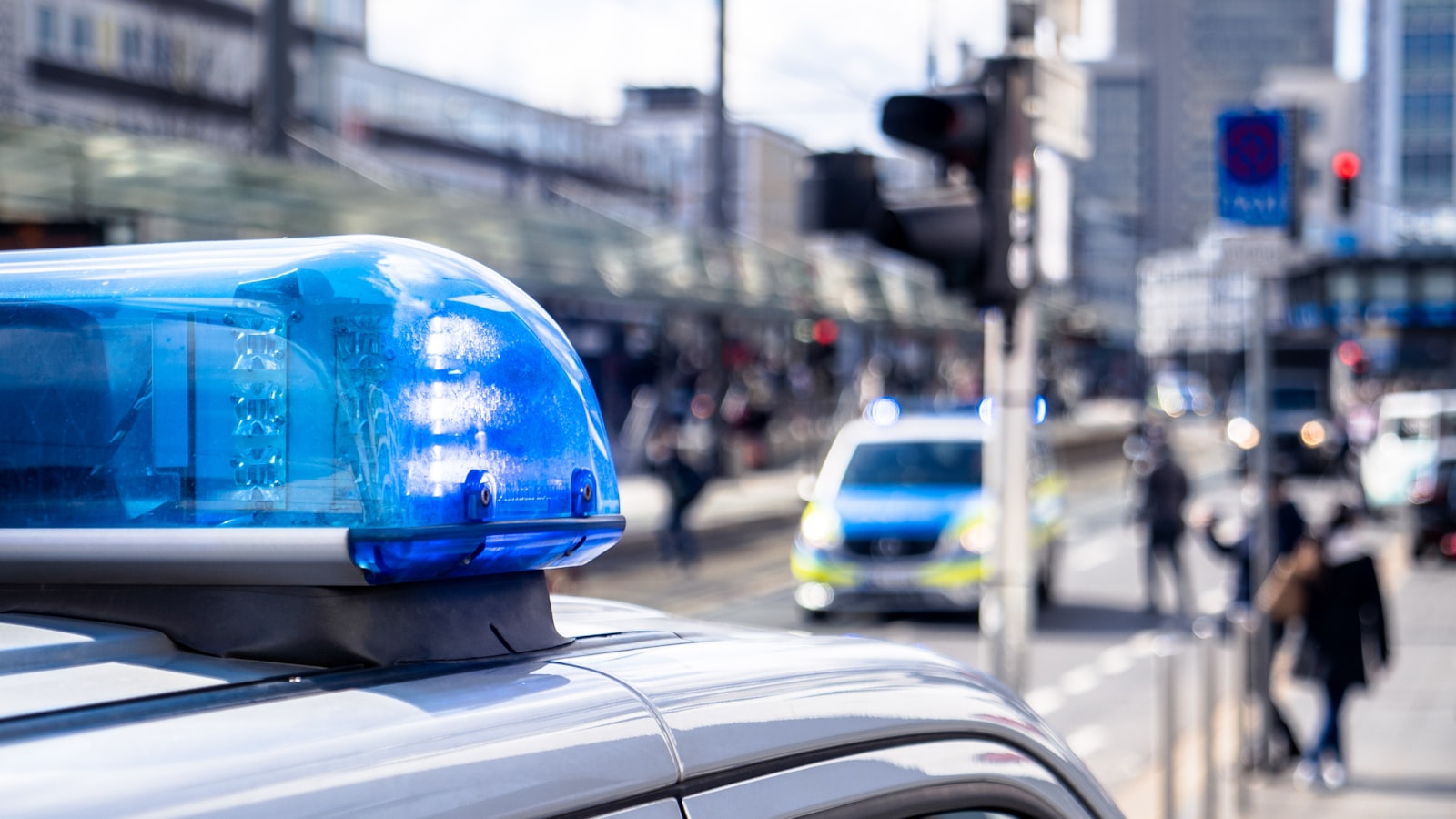Tag: CSS
-
Extracting Colors from Netflix Logo Animation
Netflix Logo Color Band A process of pixelating the color bands using Adobe Photoshop. Netflix Logo Color Band – Pixelated -
Contrast polarity
I have learned a new term today in terms of light mode – dark mode in user interfaces: contrast polarity. Basically, a positive contrast polarity is a light text on a dark surface (light mode) — just like the physical black ink on white paper. Negative contrast polarity, on the other hand, is the reverse — dark text on a light surface (dark mode).
Now, where else can you use this term? In CSS class-naming, of course!
See the Pen Contrast polarity (light – dark mode) by Brian Dys Sahagun (@briandys) on CodePen.
-
On Dimensions of CSS in a Style Guide
Absolutes
On the concept of “absolutes”: If a color is the same as CSS named colors, name it as is or use the name itself:
--color-red: #ff0000;If you “invented” a color or base it on an existing brand color, “invent” a name for it, but always attach the name of the basic color:
--color-coagulated-red: #c93434; --color-facebook-blue: #4267b2;Generics
On the concept of “generics”: Use these colors as basis for primaries, secondaries, accents, etc.:
--primary-color: var(--color-facebook-blue);Specifics
On the concept of “specifics”: Use the “generics” to identify colors of UI elements:
.submit-button { background-color: var(--primary-color) }; -
Beware the Pixel Police
I saw what you did there. The padding between form fields is 24 pixels. Please remove 8 pixels from that gap. Make sure to use the components provided.
Chief of Pixel PoliceWell… yeah… it’s your fault. Components are ready-built — why can’t you just use it with all its pre-built goodnes. Why take matters into your own hands and decide 24 pixels here and 32 pixels there. Don’t ever do that next time. If you do, make sure to just move 1 pixel at a time to avoid detection. My brain whispered to me.
Beware the Pixel PoliceCan sarcasm be used for fun? Sure can! Actually, I don’t have any beef in using components, no matter how they scream for adjustments. But, hey, we are designers. We design — that’s what we do. We take, we break, and make it new again, in a different light. Better, I hope.
Riding on CSS
And this post is really about answering the question, “Can I really design in my browser?” Because I was thinking of using Figma in creating the visual design of the warning “Beware the Pixel Police”. But Figma also uses CSS, so I thought I’d just go straight up using CSS.
Get the style
- Background image via Unsplash Source (it changes every page load)
- Fluid typography via CSS clamp() function
- Fonts via Google: Permanent Marker and Montserrat
- 1:1 (square) ratio of the canvas via RatioBuddy
You may check out the HTML and CSS in CodePen:
-
The Design of Target Areas
A target area in a website or app is an area that enables a user to interact with the interface through touch or a pointing device such as a mouse.
Examples are links, buttons, form elements, etc.
According to Fitts’s law, “the time required to rapidly move to a target area is a function of the ratio between the distance to the target and the width of the target”.
For a target area to be easily tapped or clicked by the user, its area must be adequate enough to be interacted upon.
Visually, it may appear small (such as an icon), however, it could still have an adequate target area.
See the Pen The Design of Target Areas by Brian Dys (@briandys) on CodePen.
-
What’s a good practice to completely redesign an existent CSS?
Styling in CSS is always dependent on the structure of HTML. If you have control over the structure of HTML, plan to redesign it also.
A good rule of thumb is to first, set up a system.
- Usability and Accessibility (e.g., making a link’s target area large enough for touch or pointing device, making the structure of HTML accessible to screen readers)
- Visual Design
- Nature (style of the element as a standalone)
- Layout (style of the element in relation to other elements)
- Colors (with nature and layout alone, the design should be able to work even in black and white colors)
- Graphics (border, border-radius, box-shadow)
- Typography (style of text)
- Transitions and Animations
You could notice that this system is designed to build on top of the previous one. Meaning usability and accessibility come first before visual design. The same goes for the considerations under visual design.
-
A Pull Quote
See the Pen A Pull Quote by Brian Dys (@briandys) on CodePen.
-
A Bohemian Rhapsody Movie Poster
See the Pen A Bohemian Rhapsody Movie Poster by Brian Dys (@briandys) on CodePen.
-
What the Web Browser Has Become
The web browser has become a non-destructive editor.
See the Pen Rachel Yamagata – Happenstance – Album Cover by Brian Dys (@briandys) on CodePen.
-
The Horse in Motion
Dabbling on RE:Creation No. 3—will publish soon.
See the Pen RE:Creation No. 3: The Horse in Motion | CSS by Brian Dys (@briandys) on CodePen.
Reference


